The natural world is filled with creatures that defy our understanding of time. While humans strive to extend their lifespans through medicine and technology, some animals have already mastered the art of longevity, living for centuries—or even millennia—without any of our modern interventions. These ancient beings hold secrets that could reshape how we think about aging, survival, and the very fabric of life itself.
Among the most remarkable of these creatures is the Greenland shark, a mysterious denizen of the Arctic depths. Scientists estimate that these sharks can live for at least 400 years, with some individuals possibly reaching 500. Their slow metabolism and frigid habitat seem to play a crucial role in their extended lifespans. Unlike most fish, Greenland sharks grow at an almost imperceptible rate, reaching sexual maturity only after a century or more. This glacial pace of life suggests that slowing down biological processes might be key to longevity.
Even more astonishing are the ocean quahogs, hard-shelled clams that dwell in the North Atlantic. These unassuming mollusks routinely live for over 400 years, with one specimen named Ming reaching an estimated 507 years before its accidental death during scientific research. The quahog's secret appears to lie in its remarkable cellular stability and resistance to protein damage that typically accumulates with age in other species. Their ability to maintain biological integrity over centuries challenges our fundamental assumptions about cellular decay.
Perhaps no creature better represents extreme longevity than the humble hydra, a small freshwater polyp. These simple organisms appear to be biologically immortal, showing no signs of senescence or increased mortality with age. Their secret lies in extraordinary regenerative capabilities powered by a vast reservoir of stem cells that continuously renew their bodies. While they can still die from predation or disease, time itself seems to have little power over them.
Deep beneath the Mediterranean Sea lives another longevity champion—the red coral. These slow-growing marine invertebrates can survive for more than 500 years, their branching skeletons gradually accumulating over centuries. Their longevity seems connected to their highly efficient antioxidant systems that prevent cellular damage from environmental stressors. In the constant darkness of the deep sea, where time appears suspended, these corals have evolved mechanisms to essentially pause the aging process.
The bowhead whale, roaming Arctic and sub-Arctic waters, stands as the longest-lived mammal on Earth, with some individuals exceeding 200 years. Scientists discovered this remarkable lifespan when antique harpoon points from the 1800s were found embedded in living whales. Genetic studies suggest these whales possess unique DNA repair mechanisms and cancer-resistant genes that prevent the cellular damage that typically limits mammalian lifespans.
What unites these extraordinarily long-lived species? Researchers have identified several common threads in their biology. Many exhibit exceptionally low metabolic rates, suggesting that burning energy more slowly may reduce cellular wear and tear. Nearly all display remarkable stability in their proteins and DNA, maintaining molecular integrity over timescales that would devastate other organisms. Most possess enhanced abilities to repair cellular damage or resist oxidative stress—the molecular rust that accumulates with age.
Perhaps most intriguing is what these creatures lack: the clear signs of senescence that plague most multicellular life. While humans and other mammals show progressive decline in function with age, many of these ancient animals maintain stable biological performance throughout their lives. This challenges the long-held assumption that aging is an inevitable consequence of complex life.
As scientists continue to study these biological marvels, they hope to uncover insights that could extend human healthspan. While we may never match the centuries-long lifespans of Greenland sharks or ocean quahogs, understanding their secrets might help us delay age-related diseases and maintain vitality in our later years. These ancient creatures remind us that the boundaries of life are far more flexible than we once believed, and that nature has already solved many of the aging puzzles we're just beginning to understand.

By /Aug 4, 2025
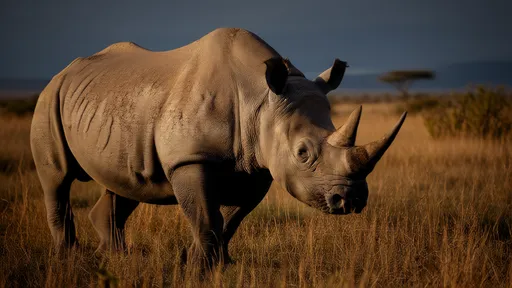
By /Aug 4, 2025
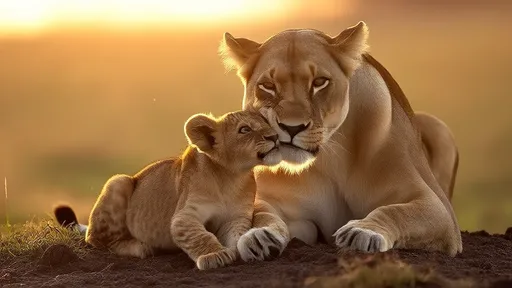
By /Aug 4, 2025

By /Aug 4, 2025

By /Aug 4, 2025

By /Aug 4, 2025

By /Aug 4, 2025
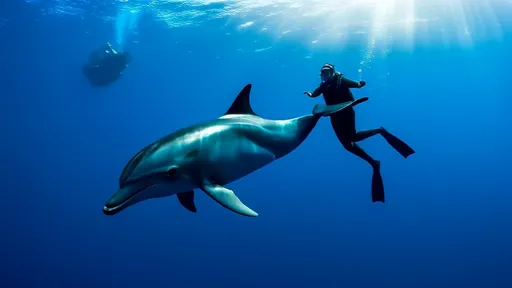
By /Aug 4, 2025
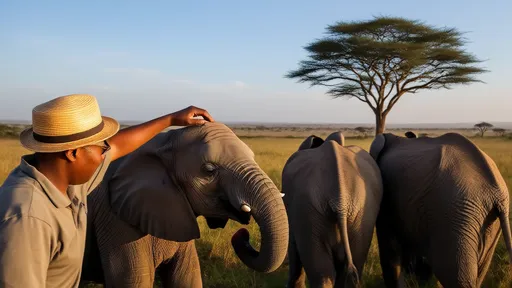
By /Aug 4, 2025

By /Aug 4, 2025
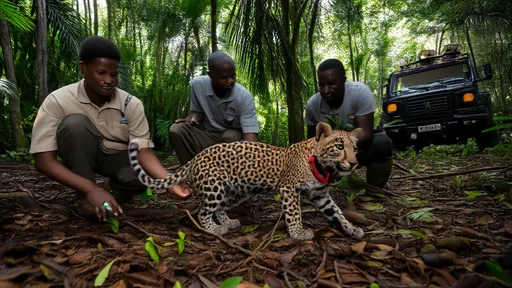
By /Aug 4, 2025
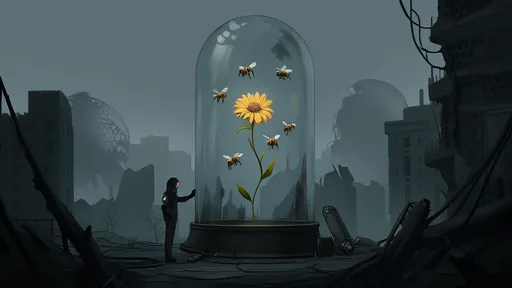
By /Aug 4, 2025
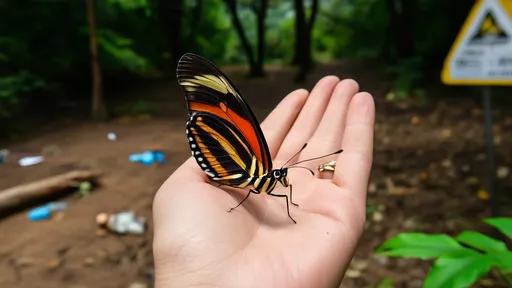
By /Aug 4, 2025

By /Aug 4, 2025
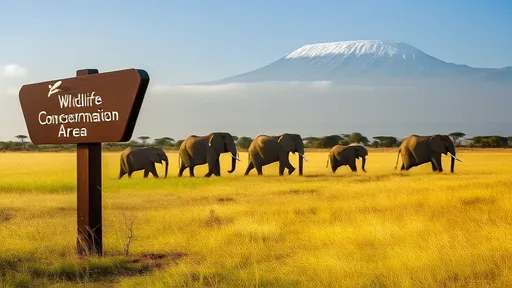
By /Aug 4, 2025
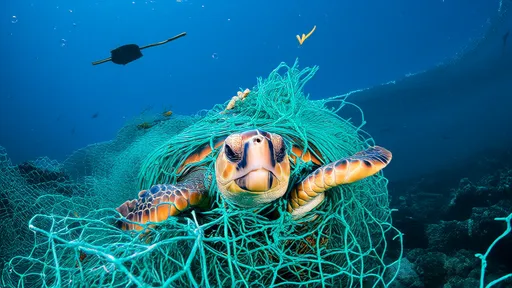
By /Aug 4, 2025

By /Aug 4, 2025

By /Aug 4, 2025
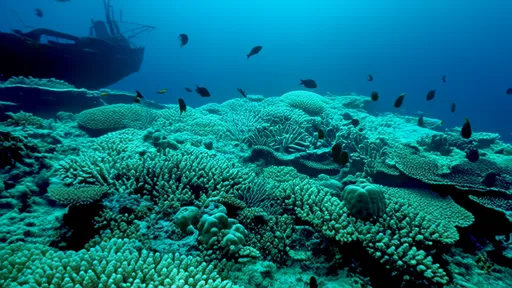
By /Aug 4, 2025
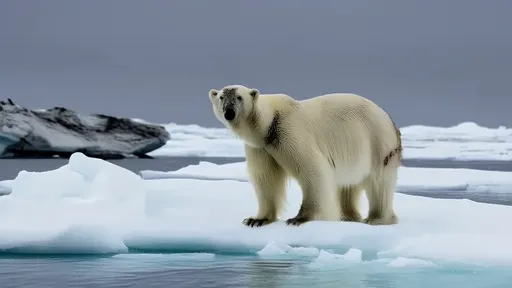
By /Aug 4, 2025